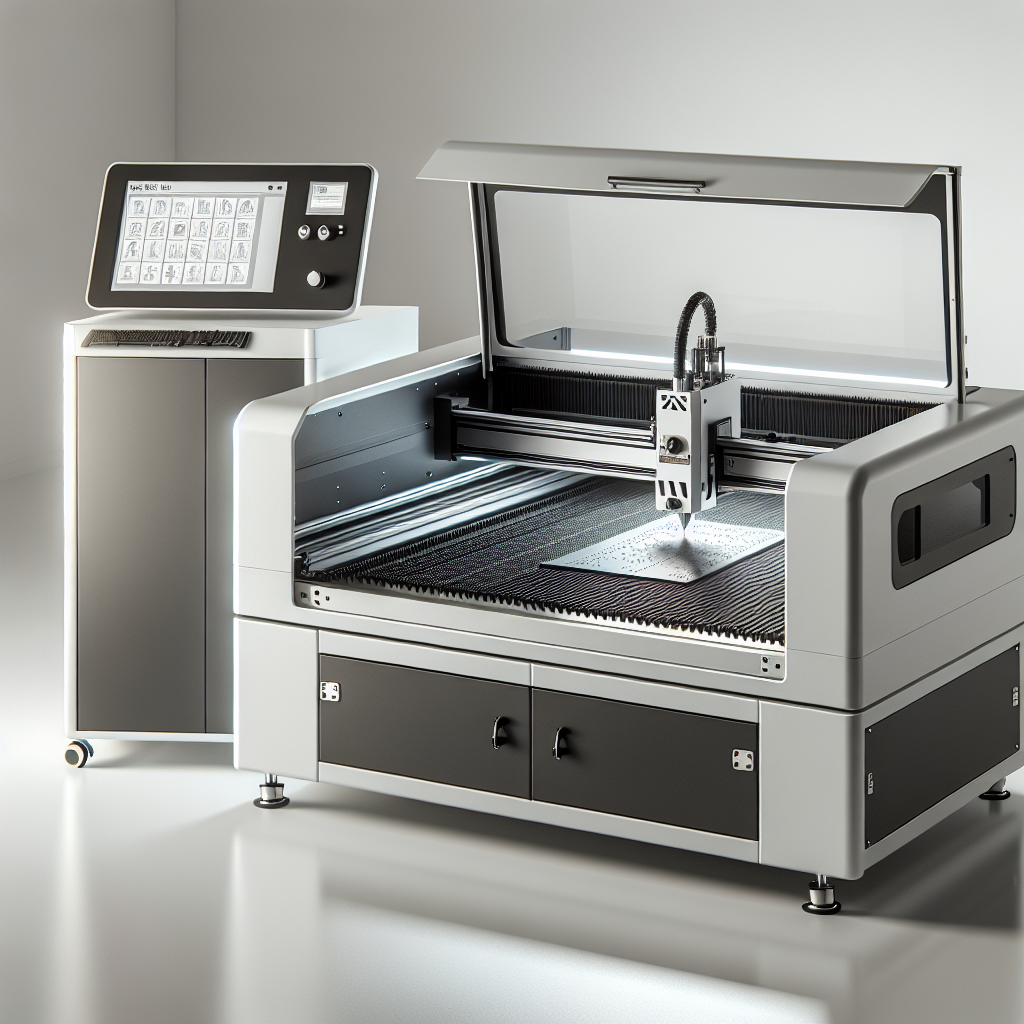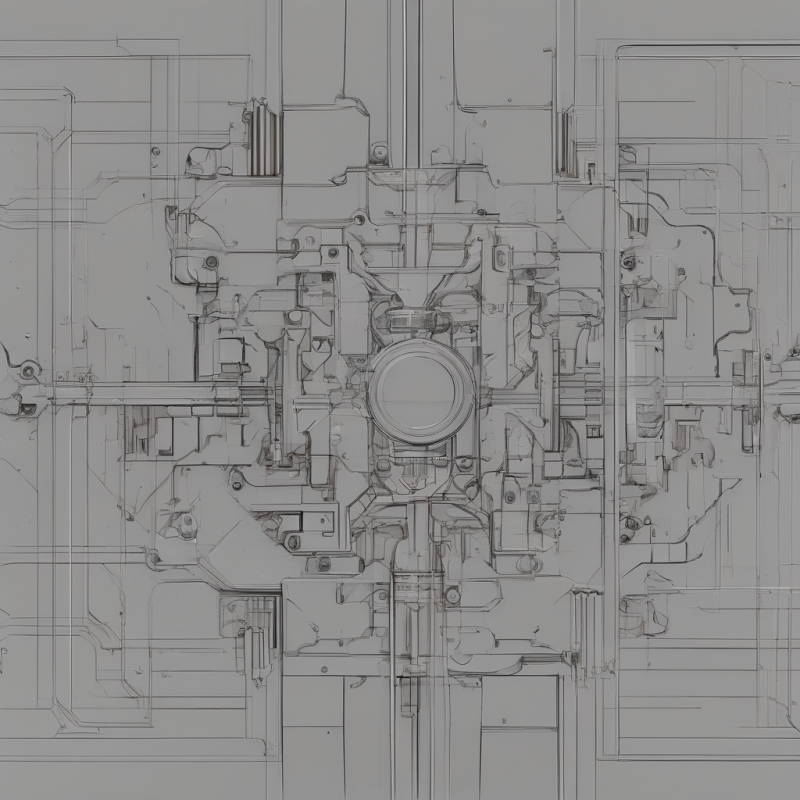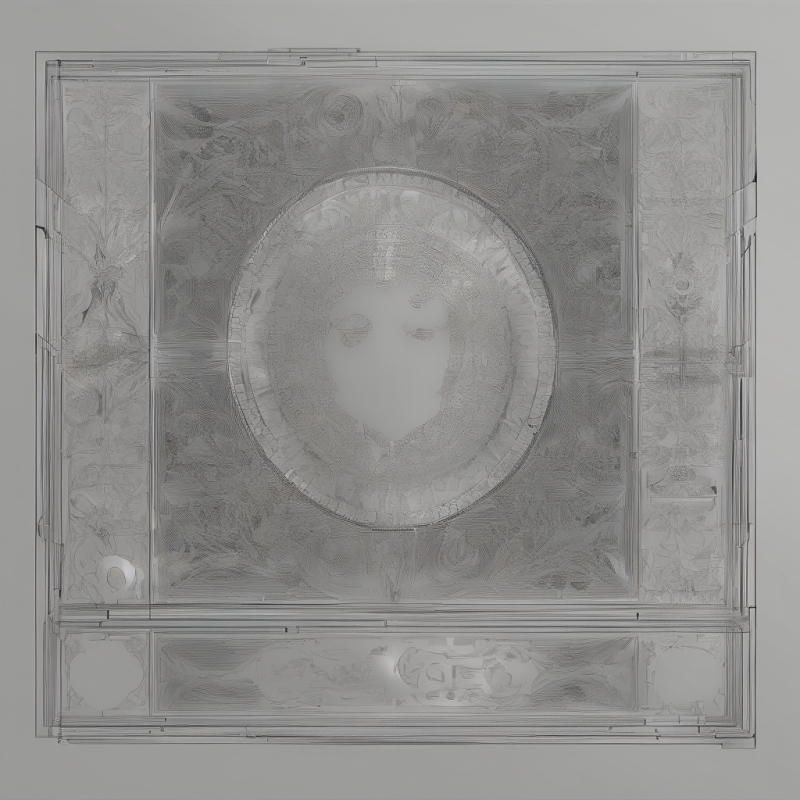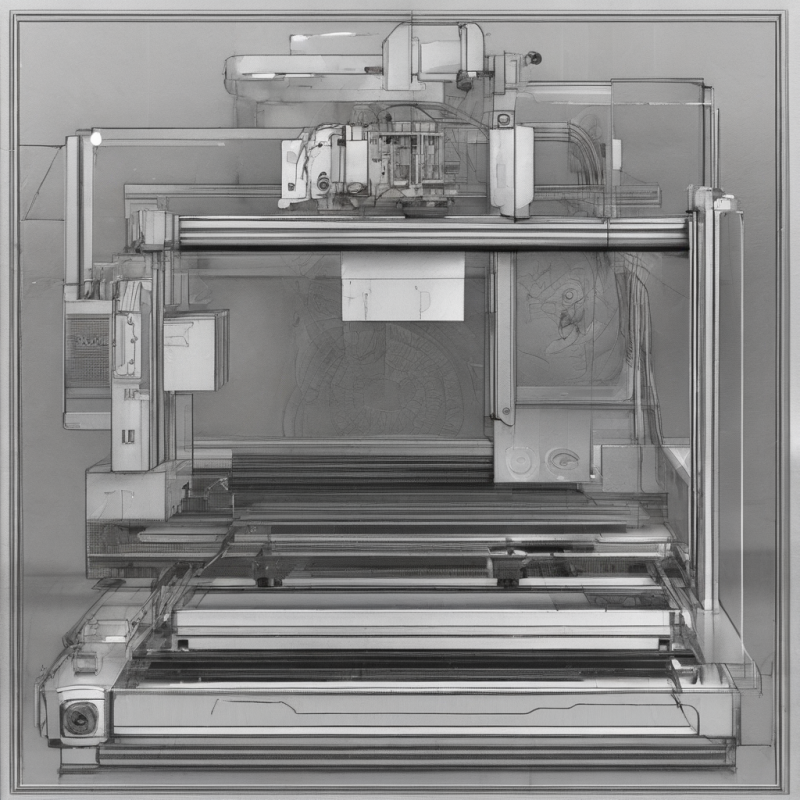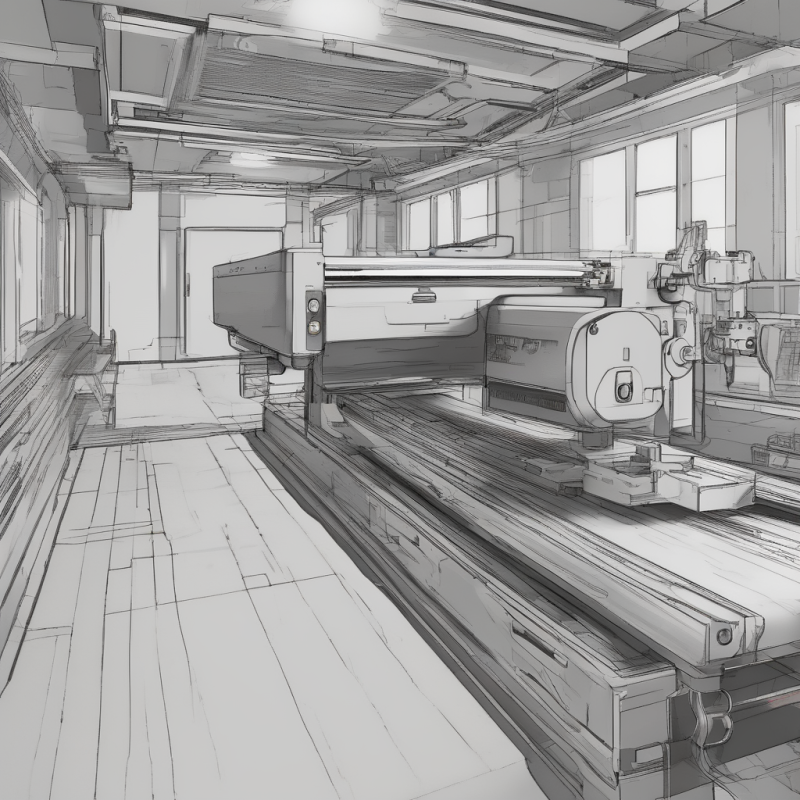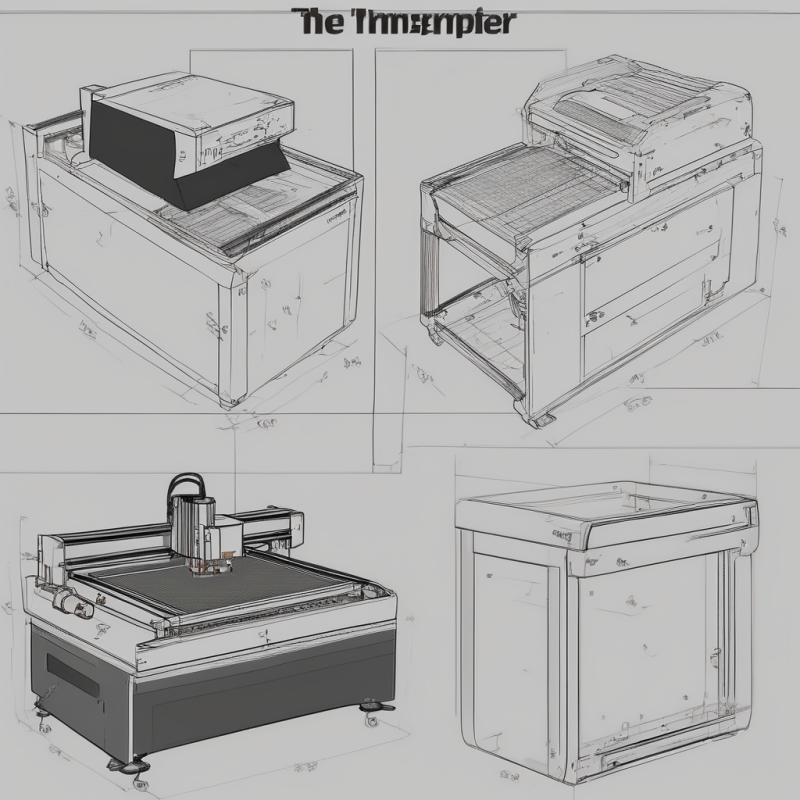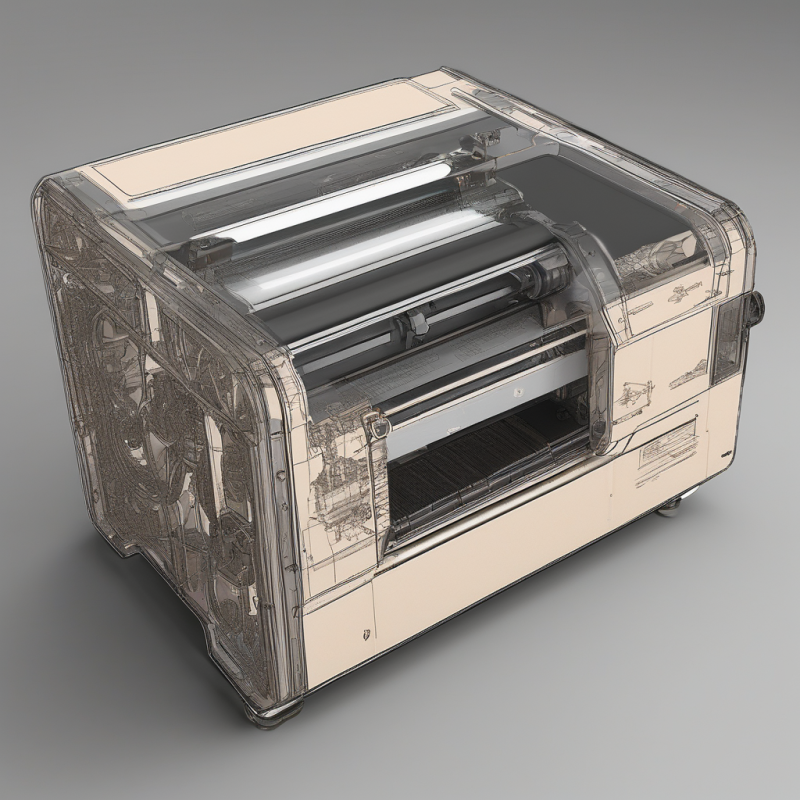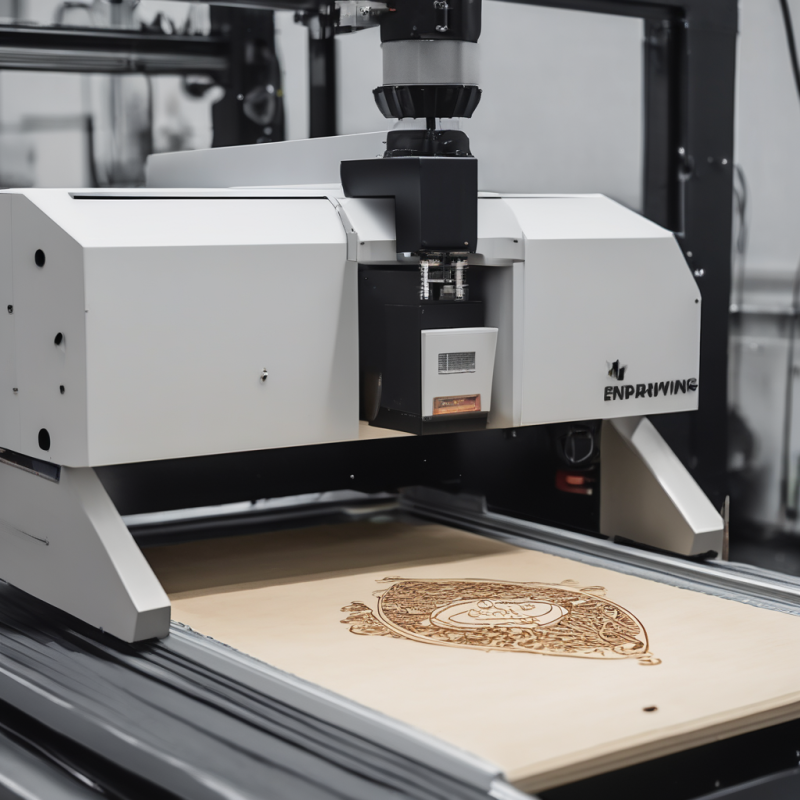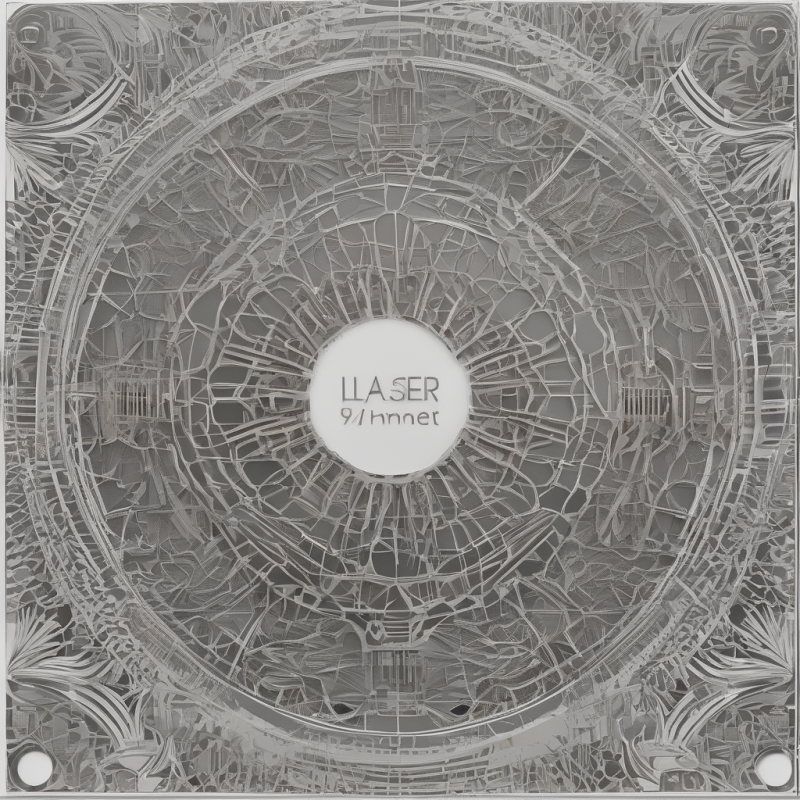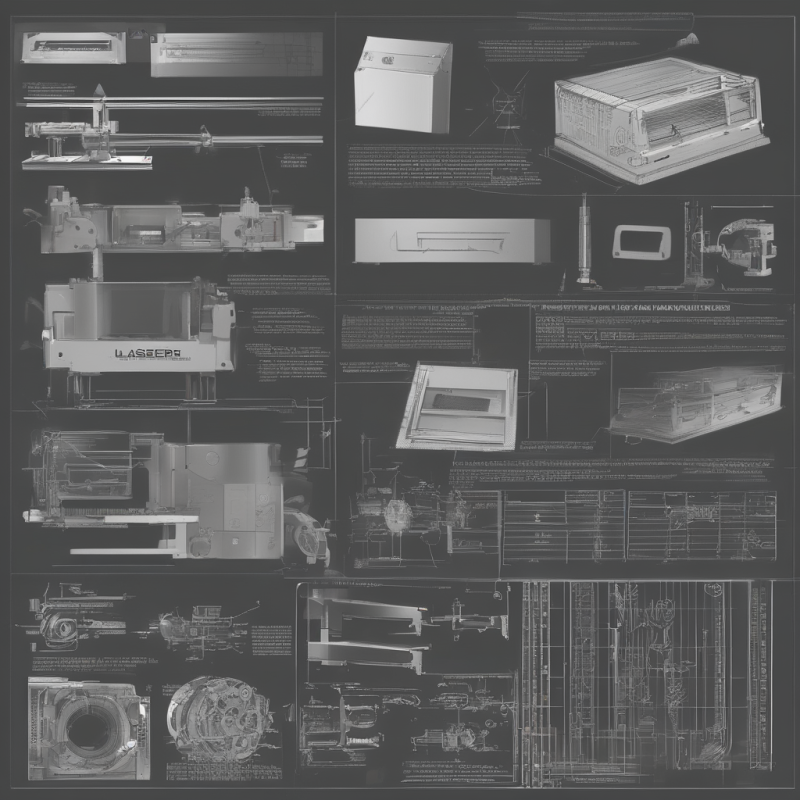The Ultimate Guide to Owning Your Own At-Home Laser Cutter Machine
Are you ready to bring the power of precision cutting and engraving right into your home? With an , you can transform your creative ideas into reality without needing to visit a professional workshop or studio. Whether you’re a hobbyist, a small business owner, or someone looking to explore their artistic side, this innovative tool opens up endless possibilities. In this comprehensive guide, we’ll dive into everything you need to know about at-home laser cutter machines, including their benefits, uses, and how they can revolutionize your projects.
Why Choose an At-Home Laser Cutter Machine?
Laser cutting technology has come a long way over the years, making it more accessible than ever for everyday users. An offers precision and efficiency that traditional tools simply can’t match. Here are some compelling reasons to consider investing in one:
- Precision and Accuracy: Laser cutters are known for their ability to make intricate cuts with pinpoint accuracy, ensuring your projects look professional every time.
- Versatility: These machines can work with a wide range of materials, including wood, leather, acrylic, and even some metals, making them ideal for diverse creative and practical applications.
- Time-Saving: Unlike manual cutting tools, laser cutters reduce the time needed to complete projects by automating repetitive tasks and delivering clean, seamless results.
- Cost-Effective: By cutting materials precisely, you minimize waste and save money on raw materials over time.
With all these benefits in mind, it’s no wonder that at-home laser cutter machines are gaining popularity among hobbyists and professionals alike. But how do they work? Let’s take a closer look.
How Does an At-Home Laser Cutter Machine Work?
An operates by directing a focused beam of light at high intensity to cut or engrave materials. The process involves the following steps:
- Design Creation: You start by creating a digital design using software compatible with your laser cutter, such as Adobe Illustrator or Inkscape.
- Material Setup: Place your chosen material (e.g., wood, acrylic) onto the machine’s work area. Ensure it is secured properly to avoid movement during cutting.
- Laser Engraving/Cutting: The laser beam follows the design path, either engraving or cutting through the material with extreme precision.
- Post-Processing: After the machine completes its task, you may need to sand or finish the edges of your project for a polished look.
This process allows for both creativity and efficiency, making it easier than ever to bring your ideas to life. Now that we’ve covered how these machines work, let’s explore some common uses for an at-home laser cutter machine.
Common Uses for At-Home Laser Cutter Machines
The versatility of an means it can be used in a wide range of projects. Here are some popular applications:
- Crafts and Art Projects: Create custom signs, decorations, and artistic engravings with intricate details that would be difficult to achieve manually.
- Custom Engraving: Personalize items like jewelry boxes, wooden gifts, or promotional materials with laser-etched designs.
- Furniture and Woodworking: Cut precise joints, shapes, and patterns in wood for furniture-making, cabinetry, or decorative pieces.
- Prototyping: Quickly produce prototypes for product designs without the need for expensive manufacturing processes.
These are just a few examples of what you can accomplish with an at-home laser cutter machine. The possibilities are truly limited only by your imagination and skill level. Now, let’s discuss how to get started with one of these machines.
Getting Started with Your At-Home Laser Cutter Machine
If you’re new to laser cutting, the process may seem daunting at first. However, most modern are designed with user-friendliness in mind. Here’s a step-by-step guide to getting started:
- Familiarize Yourself with the Machine: Review the user manual and familiarize yourself with the machine’s controls, safety features, and operation procedures.
- Select Your Design Software: Choose a design software that is compatible with your laser cutter. Many machines come with recommended programs or plugins to simplify the process.
- Create Your First Project: Start with a simple project, such as cutting out shapes from cardboard or engraving a name on wood. This will help you get comfortable with the machine’s settings and capabilities.
- Experiment with Materials: Once you’re confident in your skills, begin experimenting with different materials to see what results you can achieve.
Remember to always prioritize safety when working with a laser cutter. Wear protective eyewear, ensure proper ventilation, and follow the manufacturer’s guidelines for material handling and machine operation.
Frequently Asked Questions About At-Home Laser Cutter Machines
Q: Can I use an at-home laser cutter machine on metal?
A: While some models are capable of cutting or engraving certain types of metal, most at-home laser cutters are designed for softer materials like wood and acrylic. Always check the specifications of your machine before attempting to work with metals.
Q: How much does an at-home laser cutter machine cost?
A: Prices vary depending on the model and features, but you can find affordable options for under $500 that still offer excellent performance for hobbyists or small-scale projects.
Q: Is it difficult to learn how to use a laser cutter?
A: No, most machines are designed with user-friendly interfaces and come with tutorials or guides to help you get started. With some practice, you’ll be able to create complex designs in no time.
Q: What maintenance is required for an at-home laser cutter machine?
A: Regular cleaning of the lens and ensuring proper alignment are essential for maintaining optimal performance. Always follow the manufacturer’s recommendations for maintenance and upkeep.
The Future of At-Home Laser Cutter Machines
As technology continues to advance, at-home laser cutter machines are becoming more powerful, affordable, and user-friendly. With ongoing improvements in software compatibility and machine capabilities, these tools are likely to become even more accessible to a broader audience.
Whether you’re looking to enhance your creative projects or streamline your workflow for small-scale production, an is a valuable investment that can open up a world of possibilities. So why wait? Take the plunge and discover how this innovative tool can transform your projects into masterpieces.
By exploring the features, benefits, and applications of at-home laser cutter machines, you’re taking the first step toward unlocking your full creative potential. With patience, practice, and a little experimentation, you’ll soon be creating intricate designs and precise cuts that will astound even seasoned professionals. Happy crafting!

